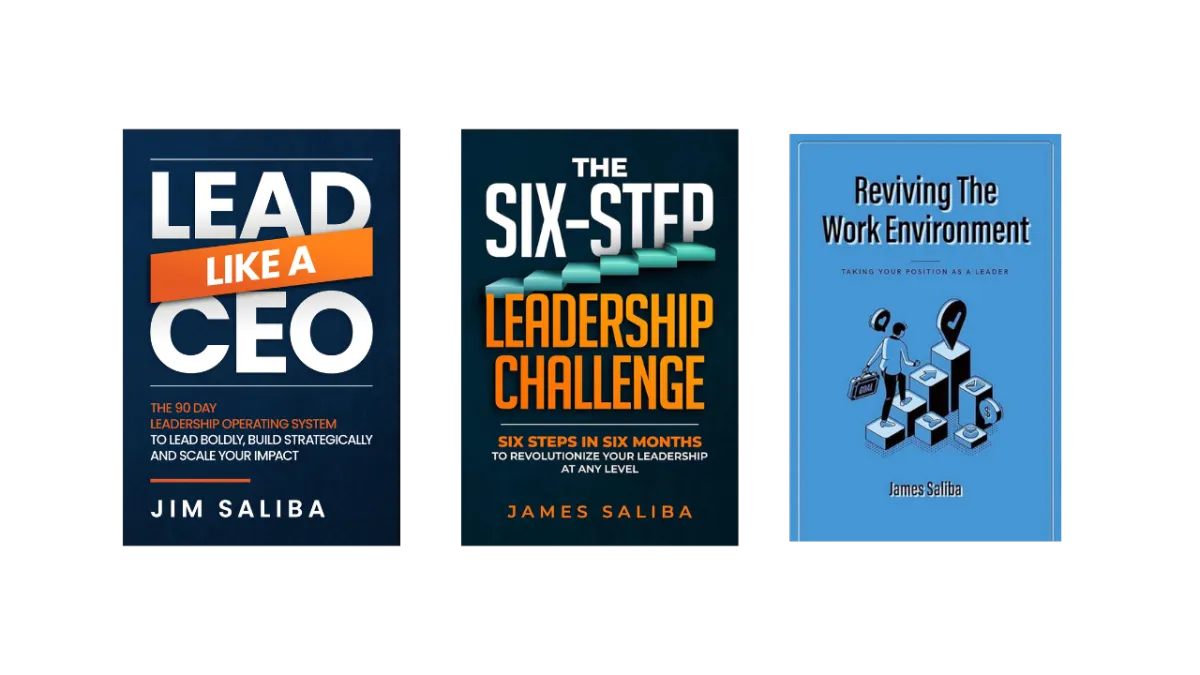Insights for Real-World Leadership
Straight talk and proven strategies for leaders who are done babysitting and ready to lead at the next level.

NurturingTeams: The Executive Balancing Act
Over the weekend, I had an eye-opening conversation with a close CTO friend. She shared her struggles with getting her leadership teams to function smoothly and communicate effectively. It appears that they often rely on her to provide guidance at every turn, leaving her feeling overwhelmed. She expressed her frustration, saying, "I just don't have enough hours in the day to micromanage their activities, and, quite frankly, this is not the reason I brought them on board!"
You understand that the success of your organization heavily depends on your ability to build high-performing technology teams. You recognize that talent acquisition is only the initial step in this process. The real magic happens when you master the art of effective leadership and team management, molding talented, high-performing individuals into a unified, productive force that's much greater than the sum of its parts.
Building a cohesive, high-performing team demands more than simply accumulating a collection of skilled professionals. It's about forging a dynamic that fosters collaboration, innovation, and an unwavering commitment to shared organizational goals. In this article, we'll explore why team dynamics are crucial and how you can balance acquiring talent and nurturing a winning team.
The Power of Team Dynamics
It's a well-known fact that synergy, or the interaction of elements that, when combined, produce a total effect more significant than the sum of individual contributions, propels a team towards the type of success we rarely see. In other words, a great team can outperform a collection of outstanding individuals. This phenomenon is precisely why more than focusing on recruiting talent is required for achieving long-term success in any industry, including tech.
Team dynamics encompass the complex interactions, relationships, and shared values that influence how team members collaborate and contribute to achieving collective goals. When these dynamics are finely tuned, they lead to increased productivity, innovation, and employee satisfaction.
In a recent webinar I conducted earlier this year, we explored the ten attributes of an UNSTOPPABLE team. Subsequently, we delved into each of these attributes and rating questions that can help you assess your team's Power Dynamics performance.
Here are five of those attributes:
Communication
(https://jamessaliba.com/blog/b/signs-your-team-lacks-support-for-constructive-conflict-a-closer-look):
Effective team dynamics foster open, clear, and honest communication. Team members should feel comfortable sharing ideas, addressing concerns, and providing feedback. A culture of transparent communication is vital to tackling complex challenges.Collaboration
(https://jamessaliba.com/blog/b/breaking-the-mold-redefining-collaboration-for-unstoppable-teams):
A cohesive team promotes collaboration, not merely cooperation, essential in projects that often involve cross-functional efforts. When team members trust and support each other, they can seamlessly work together, improving efficiency and innovative solutions.Continuous Learning
(https://jamessaliba.com/blog/b/the-5-keys-to-continuous-learning-for-unstoppable-teams--foster-growth-and-drive-success)
Team dynamics that encourage diverse perspectives and brainstorming sessions are more likely to promote continuous learning and growth. When team members feel safe sharing unique ideas, the team benefits from a wealth of creative thinking.Accountability:
(https://jamessaliba.com/blog/b/from-excuses-to-results-tackling-accountability-challenges-in-your-team):
In a well-balanced team, individuals take ownership of their responsibilities. They hold themselves accountable for their work and contribute to the team's success. A sense of accountability is crucial for meeting deadlines and quality standards.Adaptability:
(https://jamessaliba.com/blog/b/boosting-team-performance-with-adaptability-expert-tips-and-strategies)
In the rapidly changing landscape, adaptability is a prized trait. A team with strong dynamics can quickly adjust to new challenges and technologies, making them more resilient in the face of change.
Striking the Balance
As an executive, you're tasked with the delicate balancing act of recruiting top talent while fostering the ideal team dynamics. Here are strategies to help you navigate this challenge:
Define Your Team's Mission and Values:
A strong team is built on shared values and a common mission. Clearly define the purpose of your team and the values that guide your work. When your team shares a sense of purpose, it becomes easier to identify candidates who align with these values during the recruitment process.Hire for Cultural Fit:
While technical skills are crucial, it's equally important to assess whether candidates fit into your team's culture and, even more importantly, whether they fit the culture you are trying to build. Including team members who align with your culture can enhance team dynamics.Encourage Open Communication and Collaboration:
Foster a culture of open and constructive communication and collaboration. Encourage team members to share their ideas, concerns, and feedback. Regular, what I call, cadence of accountability meetings and one-on-one check-ins. Too often, fears hold us back from openly communicating and can create destructive behaviors and dysfunctions at the next levels down (Common Leadership Fears).Provide Clear Roles and Expectations:
Clearly define roles and responsibilities within the team. When everyone knows their specific contributions and what's expected of them, it minimizes confusion and fosters accountability.Create a Feedback Loop:
Establish a continuous feedback loop where your team members can provide input on team dynamics, processes, and work conditions. This feedback is invaluable for identifying and addressing any issues that may hinder team performance.
In conclusion, building a high-performing tech team goes beyond talent acquisition; it hinges on the cultivation of positive team dynamics. A cohesive team, where members collaborate, communicate, and share common values, can achieve far more than a group of exceptional individuals. Your executive role is to strike a balance between recruiting top talent and nurturing a team that excels together. By focusing on defining your team's mission, hiring for cultural fit, and promoting effective communication and collaboration, you can create a tech team that thrives and drives your organization's success.
Leaders Who’ve Made the Shift
Michael R., Senior VP

“Jim did more in two sessions than my last coach did in six months.”
(Translation: Jim doesn’t waste your time.)
Karen H., Senior VP

“Jim made it easy to focus on the real leadership challenges.”
(Translation: No fluffy theories. Just real talk and results.)
Ashly N., Director

“Within 15 minutes, I knew I’d made the right decision.”
(Translation: You’ll know fast if Jim’s your coach.)
Stop Acting Like the Chief Fire Extinguisher.
Start Leading.
You know the endless approvals, babysitting, and check-ins aren't real leadership. Let's fix that.
© 2026 James Saliba Inc. • All Rights Reserved • Helping Tech Leaders Lead Strategically Without Firefighting • Terms & Conditions


